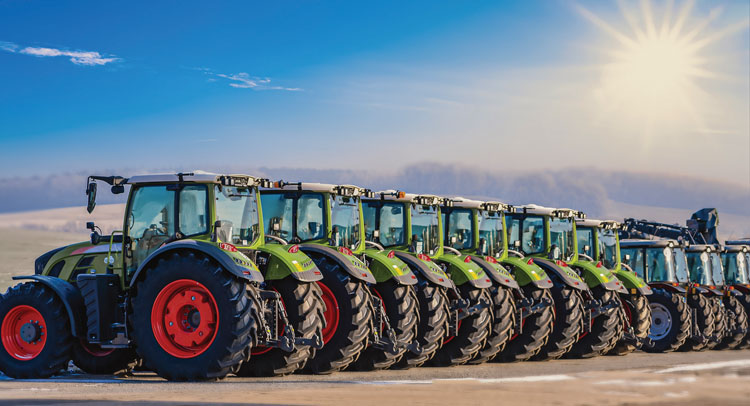
Capital needs are a primary concern for most dairy operations given the intensive nature of the agriculture industry’s demand for equipment and facilities. A properly structured lease can effectively address these requirements without adversely affecting the dairy’s primary lending relationship.
Here are some ideas for operations to consider when strategizing for current or future plans.
The tools you use
A lease can offer single-item financing for equipment without impacting the overall collateral of other lenders. For instance, a robotic milking parlor can be purchased, and a lease could be structured with a payment spanning seven to 10 years to align with cash flow. Depending on the transaction size, the lessor may secure it with a fixture filing or severance/easement agreement, which allows for asset retrieval in case of default.
One key advantage of a lease is that it incorporates a buyout at the end, reducing the overall payments compared to a loan. This can have cash flow benefits. Leases can also be rolled over to new equipment, enabling timely upgrades to avoid obsolescence. Further, leases offer a tax benefit because instead of depreciating the asset, equipment payments are expensed. Equipment such as parlors, chillers, generators, and more can be financed through leasing.
You may also consider a lease line of credit for rolling stock equipment. A lease line of credit is an effective means to keep high-use and high-ticket equipment current for dairy operations. Items like skid steers, choppers, mergers, and more play key roles on the farm, and downtime negatively impacts productivity. Since bonus depreciation falls annually until it phases out, leasing and expensing equipment become increasingly attractive.
Buildings and estates, too
Leasing excels in several areas with buildings and has gained significance over the last five to seven years. One reason is the tax benefit associated with buildings being leased on terms ranging from five to 12 years. This creates an asset expense of half the time compared to a 20-year depreciable life for agricultural buildings.
No building appraisal is required with a lease; a sworn statement captures project costs, covering areas like cement, electrical, building materials, labor, and plumbing. In most cases, leases also do not involve mortgages. A fixture filing or severance/easement agreement secures the asset.
Another benefit of a lease is that clients can use real estate equity for other needs or purposes, acting as a quasi-partner in providing capital.
Leasing assets for transition planning can benefit dairy businesses, especially with significant barriers to entry and capital gains tax implications. For example, a lease with a buyout option at the end of the term allows the older generation to transfer an asset tax-free. The younger generation can purchase the asset at the time of the buyout, leveraging significant equity to build their way in the operation.
Whether it’s for robotics, parlor upgrades, buildings, or equipment, leasing can be a useful tool for dairies to meet capital needs, address tax issues, and facilitate transition planning. When considering financial tools, think of leasing as an option for achieving farm goals.


